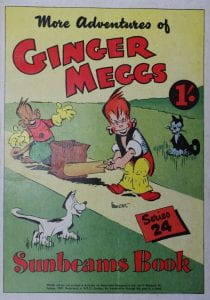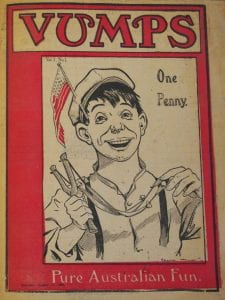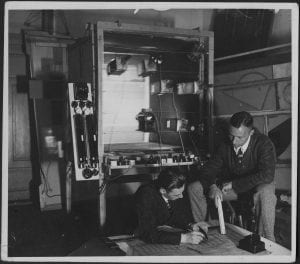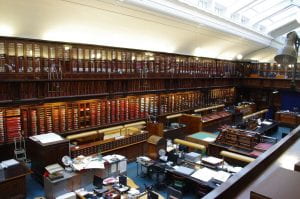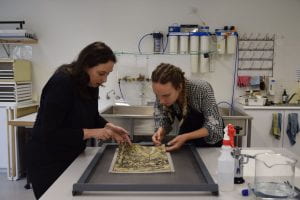Discovering global connections of a drawing from the University of Melbourne collection
There is more to the drawing which is described as ‘Adoration’, in the University of Melbourne’s print collection, than first meets the eye. This monochrome drawing on blue paper depicts a common theme in medieval and Renaissance art: Mary and infant Jesus. On the mat of the work, an artist’s name and date is neatly written, as well as the name of the collection that the drawing comes from (The John Lane Collection). I thought that my research would be simple because of the common iconography and as the name of the artist and collection appeared to be known but, I was pleasantly surprised. I will explain my reasoning for thinking that this work may fit into a rich collection of drawings all done by the same artist as preparation for a large oil painting.
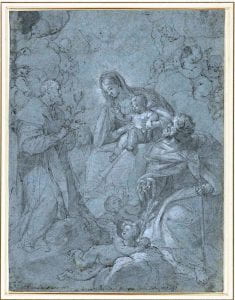
My initial research goal was to figure out whether the name written in pen on the mat and on the drawing is the correct attribution. The name written, Pietro de Pietri (1633-1716), is a baroque artist whose work appears in museums all over the world. Looking at his other works, I not only found drawings that were similar to the University of Melbourne’s in style but also in iconography and composition.
